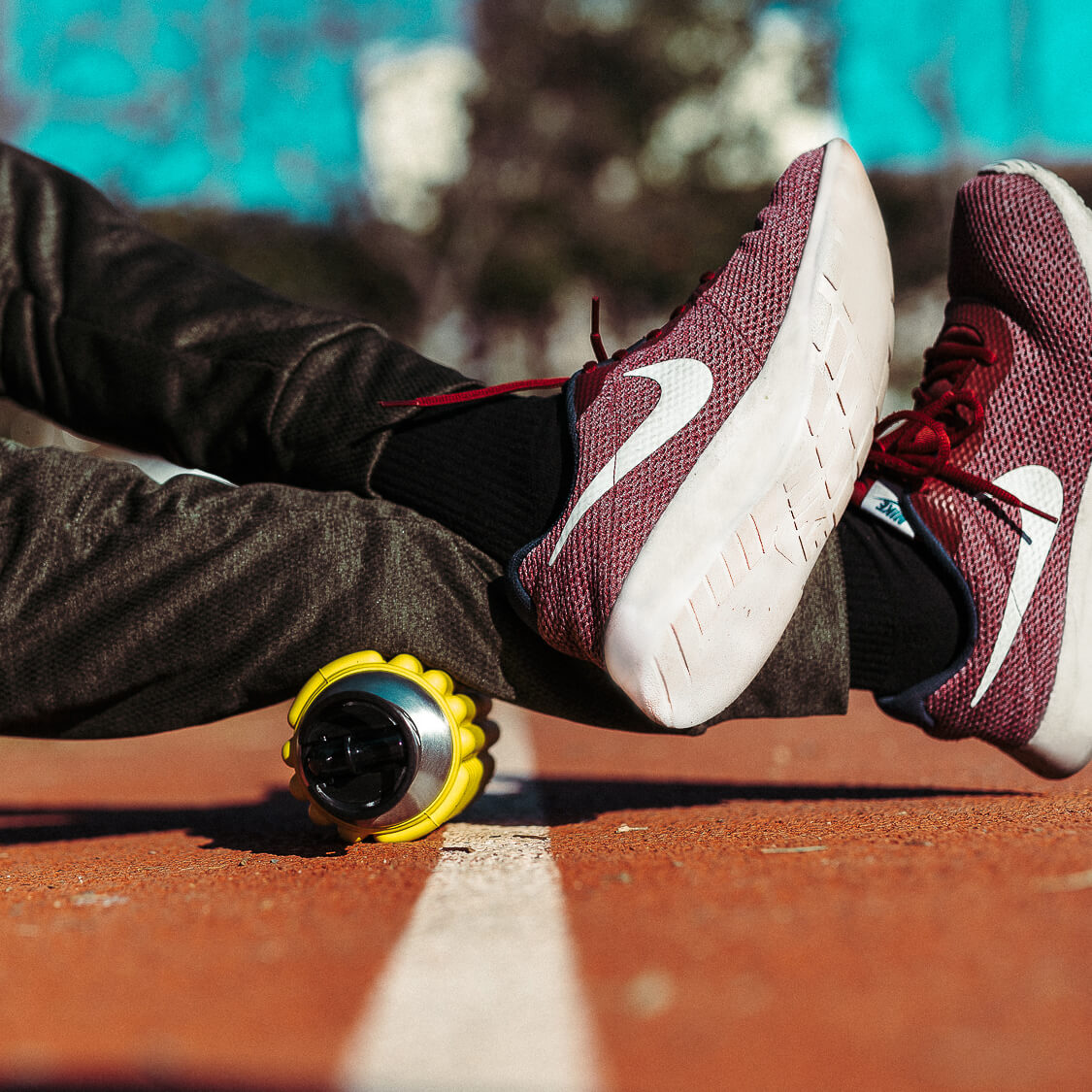1: Hydrate

Dehydrated muscle tissue is gluey and sticky, and rolling on it can create adhesions and even more movement dysfunction. But well hydrated muscle tissue is resilient and pliable, multiplying the myriad of benefits that come with foam rolling. Hence the MOBOT (pretty smart huh?) We recommend downing 10-20 ounces of water before you roll to help prep your muscles for the work you’re about to do.
2: Do it regularly

Just like working out, it takes consistent habits to see results. If you are just starting out, try foam rolling when you feel like you need it, ie: stiff neck, tight hips, sore calves, etc. Once you feel like you can manage it, we would suggest trying to get a few minuets of foam rolling in every day and then foam rolling before and after your workouts/activities. Just like a massage, the effects of foam rolling don't last forever, so you have to keep doing it to help keep your muscles feeling good.
3: Roll before and after

Although most people associate foam rolling with post-workout, foam rolling increases blood flow and helps deliver more oxygen and water to the muscles – so why wouldn’t we want to do this before you start to sweat? Like hydration, rolling pre-workout helps prepare your muscles and can help you work it better, faster, and stronger.
4: Work the perimeter

When it comes to what to roll out, most people go directly for their sore spots, but rolling on areas that are already inflamed could cause more inflammation. So if you’ve got a sensitive spot like, say your IT band, focus on the primary muscles around it, like your gluteus maximus (your butt muscle) and the muscle on the outer edge of your hip first, then work your way towards the point that’s the most tender.
5: Slow your roll

Let’s be honest, even on the best of days we wouldn’t say foam rolling tickles, and sometimes the intense sensations can cause you want to roll more quickly than you should. But rolling back and fourth like Richard Simmons after one too many venti lattes stacks up to a lot of work for not a lot of results – your brain doesn’t have the time to tell your muscles to relax. Going slow – about one inch per second – makes the most of each roll.
6: Use the 30 second rule

If you’re a ‘more is more’ person then you might wind up spending too much time on one spot, which can cause nerve or tissue damage. It’s best to roll slowly and when you hit a tender area try and relax as much as possible. You should start to feel the muscle release and after about 20 to 30 seconds move on.
7: Get it on tape

Whether your rollouts are effective or not has just as much to do with the way you’re holding the rest of your body as the rolling itself. For example, when rolling out your quads your arms should be in a forearm plank position, if you’ve got poor form you could wind up wasting your time or making matters worse. To make sure you’re not sagging or twisting try using your smart phone to video your sessions.
For some guided foam rolling, check out our archive of Instagram Live Foam Rolling Sessions!





